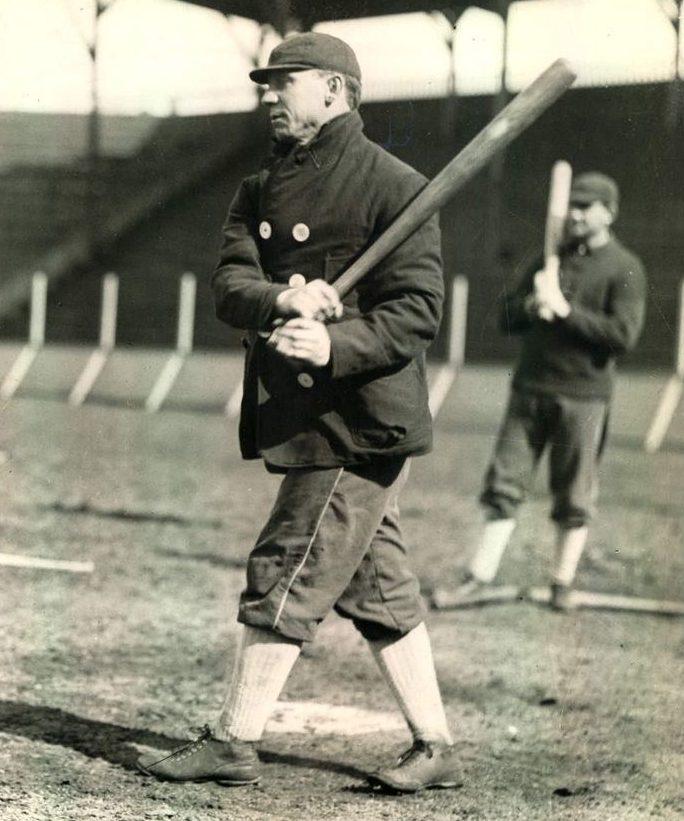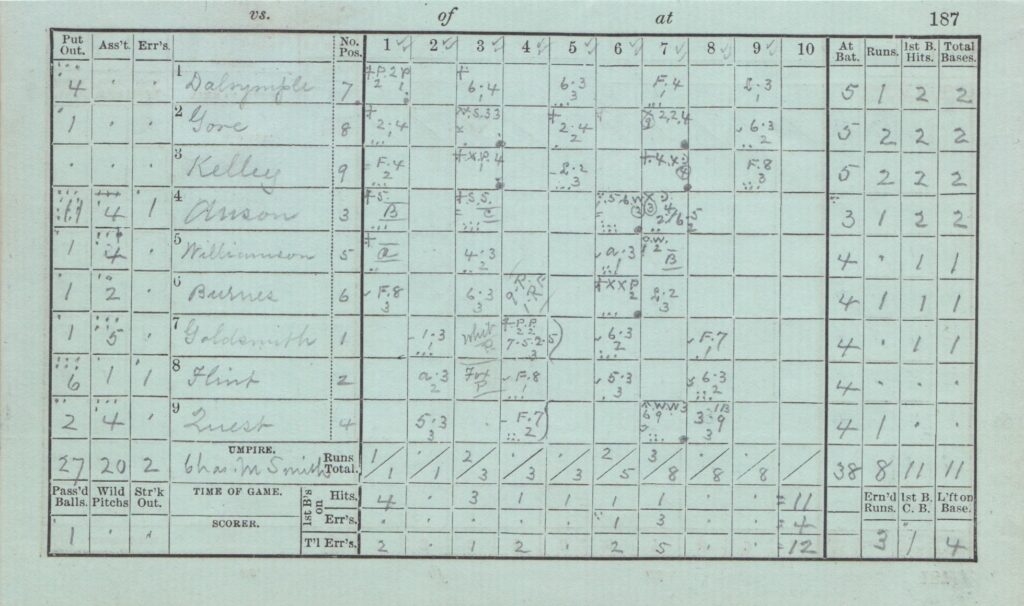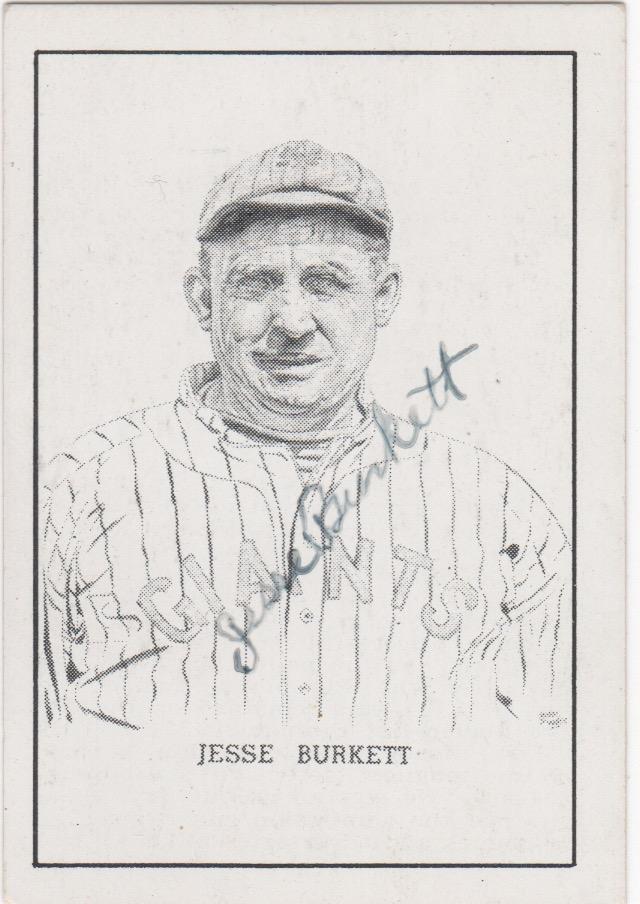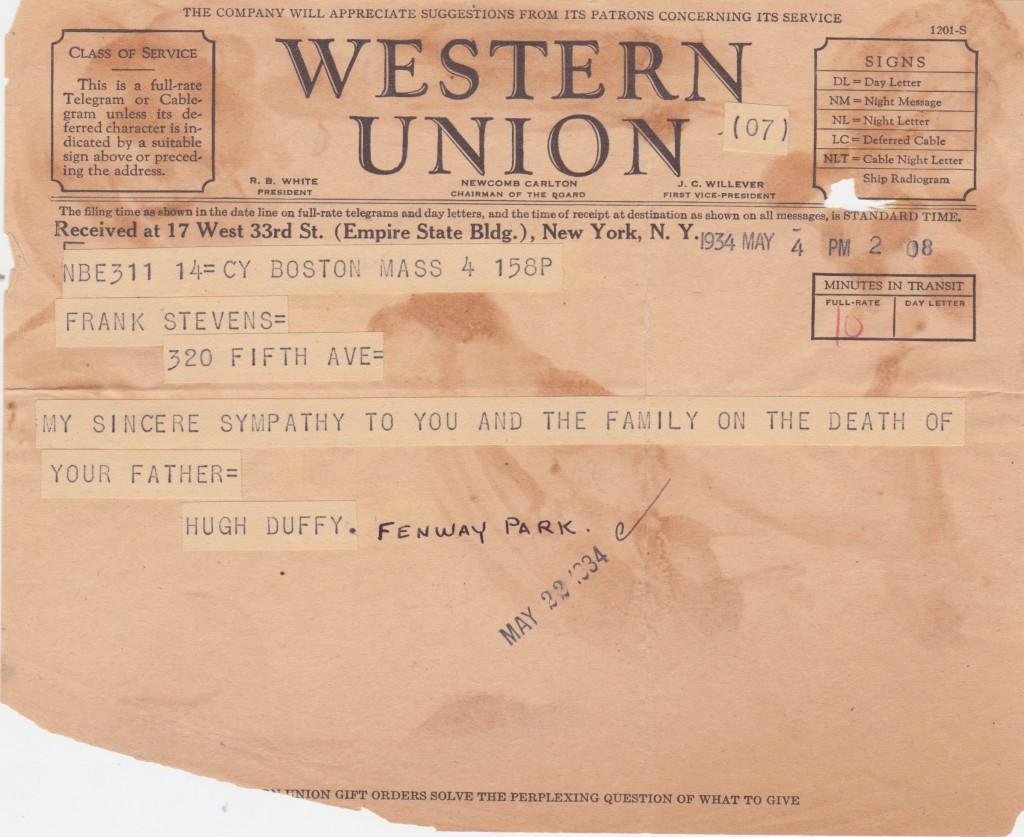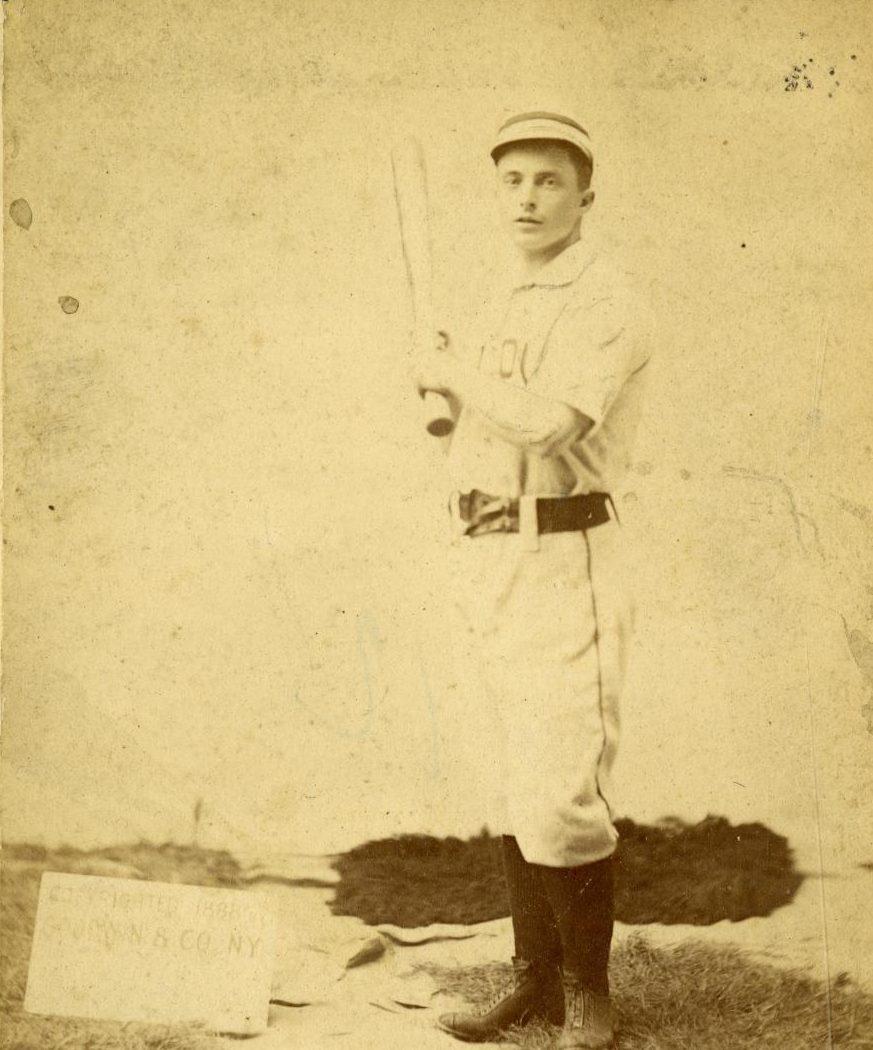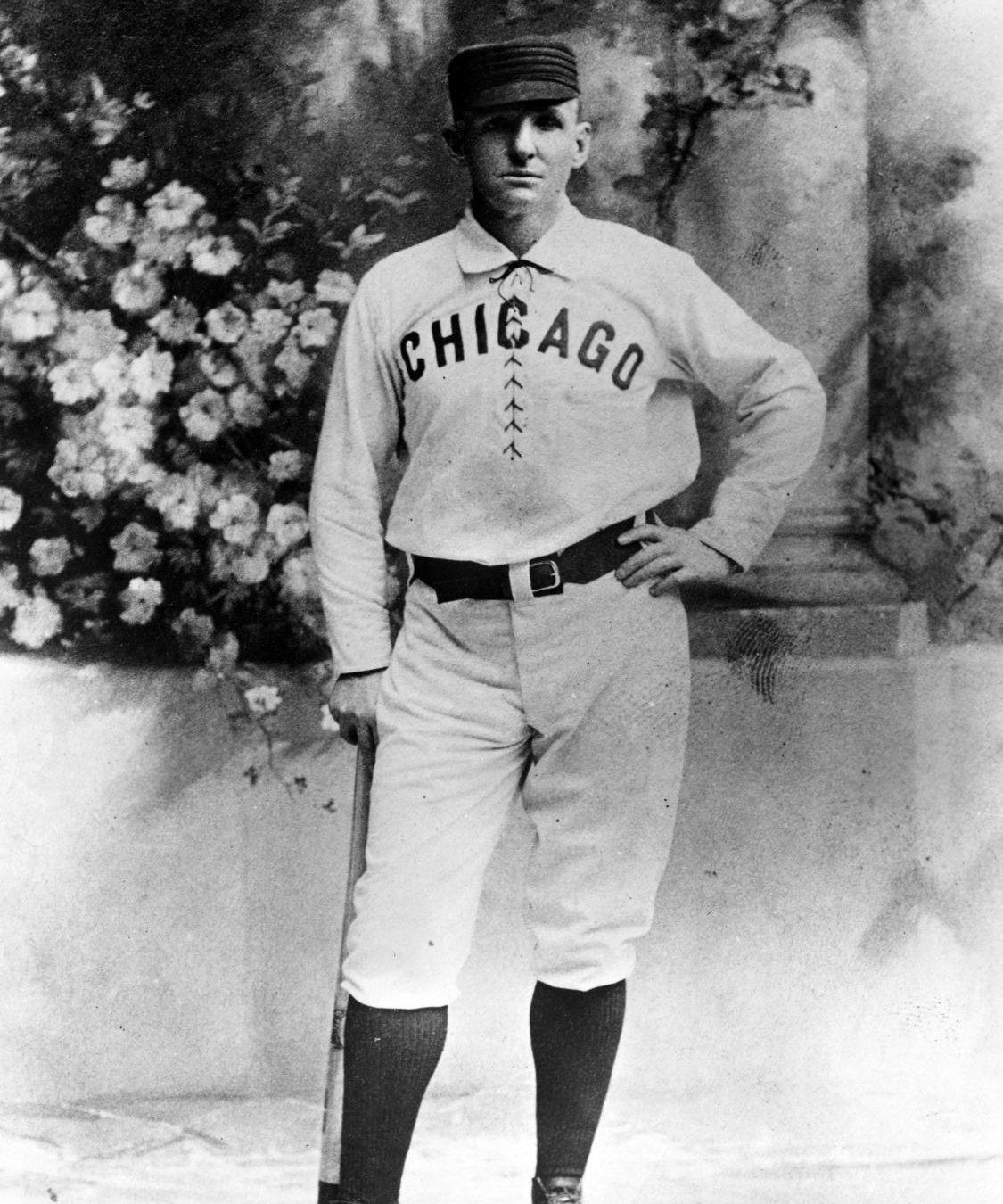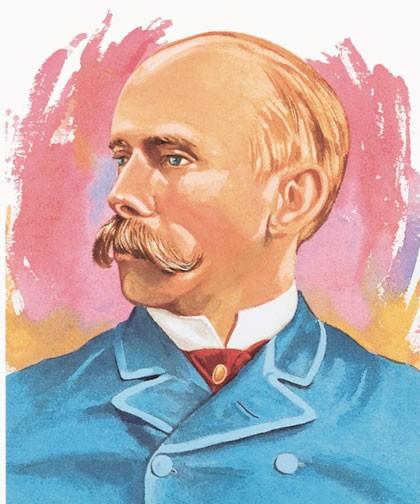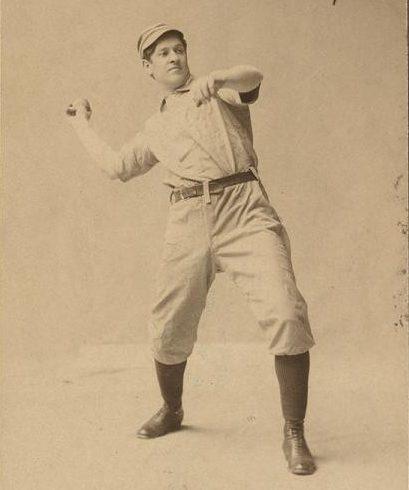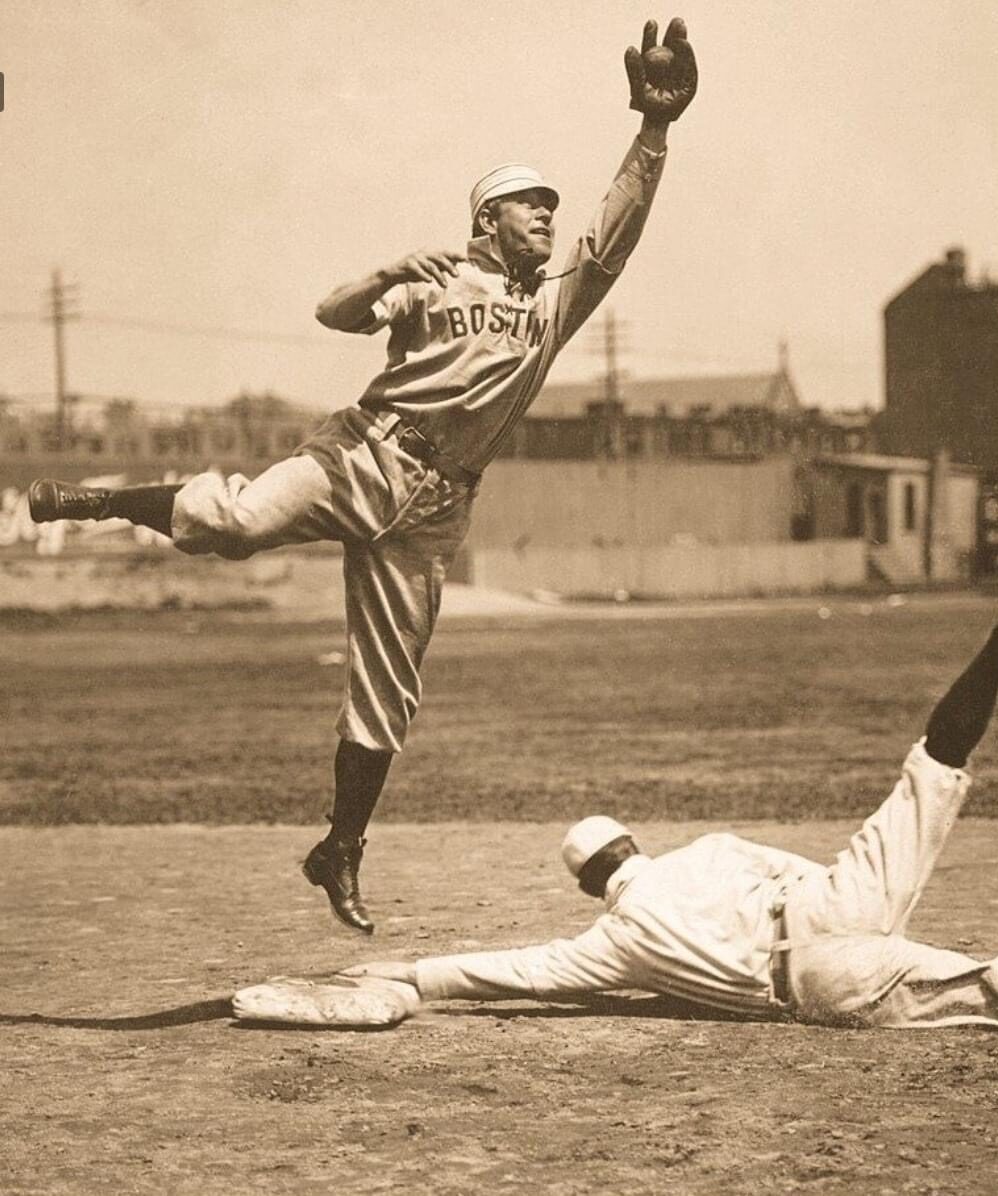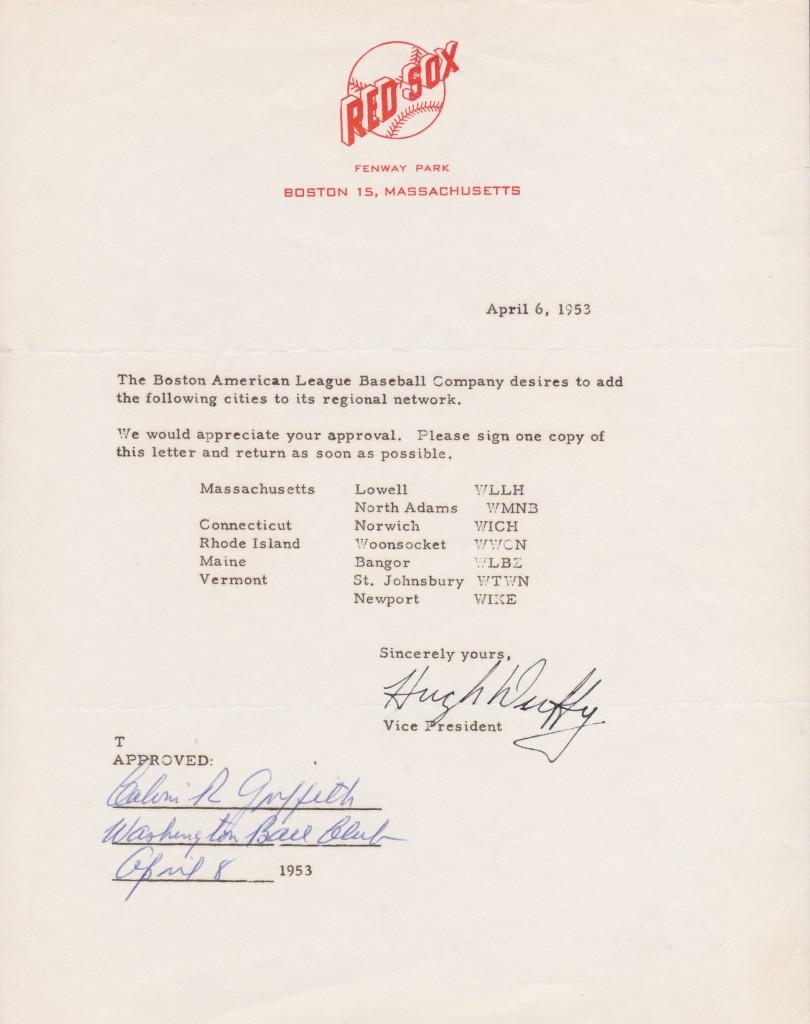
The son of Irish immigrants, 5’7″ Hugh Duffy hit .326 over the course of his 17-year big league career. The flycatcher debuted in 1888 and played for six teams in four leagues and retired in 1906.
Duffy broke in with the National League’s Chicago White Stockings. Two years later he switched to the Players League but remained in the Windy City with the Chicago Pirates.
In 1891 Duffy suited up in his third team and league as a member of the American Association’s Boston Reds. In Boston he had a breakout season hitting .336 with a league-leading 110 runs batted in.
Duffy stayed in Boston but jumped to the NL’s Beaneaters in 1892. The next season he began a run of 7 straight 100-RBI campaigns. His career year came in 1894 when he lead the Senior Circuit in hits, doubles, triples, and batting average, OPS, and total bases. For good measure he also tallied a career best 145 RBI.
Duffy’s .440 average in 1893 established a still-standing single MLB season mark.
He retired in 1906 with a .326 lifetime average and was inducted into the Hall of Fame in 1945.
In the collection is this document signed 47 years after his retirement as a player. Here Duffy agrees to a radio contract as a Red Sox Vice President.
